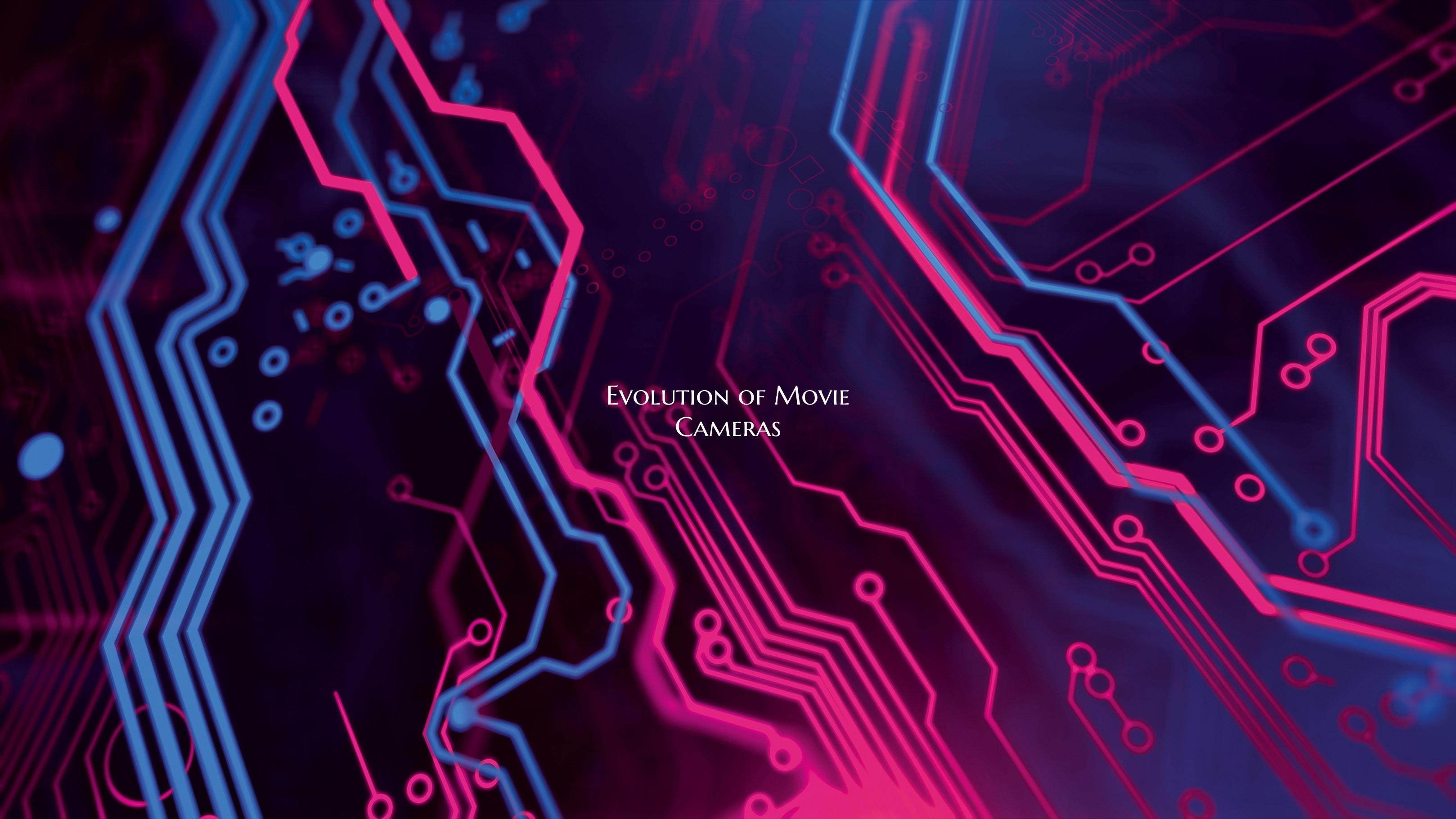Evolution of Movie Cameras
The Evolution of Movie Cameras
The evolution of movie cameras is a captivating journey that has transformed the way films are made and perceived by audiences. From the early days of silent black-and-white films to advanced digital technologies, the development of movie cameras has been a vital part of the history of cinema.
In the late 19th century, the Lumière brothers were among the pioneers of cinematography, introducing the Cinématographe, a portable motion-picture camera and projector. This invention marked the beginning of a new era in visual storytelling. Early movie cameras were hand-cranked, capturing images on celluloid film stock.
As the film industry grew, so did the innovation in camera technology. The introduction of sound in movies in the 1920s led to the development of synchronized sound cameras, which enabled filmmakers to record dialogue and music directly onto the film. This advancement revolutionized the way stories were told on screen.
The transition from black-and-white to color films brought about a new set of challenges and opportunities for movie cameras. Technicolor and other color processes demanded more sophisticated cameras capable of capturing rich and vibrant hues. This era saw the rise of 35mm film as the standard for capturing high-quality visuals in movies.
The digital revolution in the late 20th century completely transformed the film industry. Digital cameras replaced traditional film cameras, offering filmmakers greater flexibility, efficiency, and cost-effectiveness. The advent of high-definition and 4K cameras further enhanced the visual quality of films, allowing for breathtaking detail and clarity on the big screen.
Today, movie cameras continue to evolve with the rise of virtual reality (VR) and augmented reality (AR) technologies. VR cameras allow filmmakers to create immersive and interactive experiences for audiences, blurring the lines between the real and virtual worlds. AR cameras are enabling new storytelling techniques that merge digital elements with the physical environment.
The evolution of movie cameras is a testament to human creativity and ingenuity in the pursuit of capturing moments and telling stories through the medium of film. As technology continues to advance, we can only imagine what exciting innovations the future holds for the art of cinematography.

